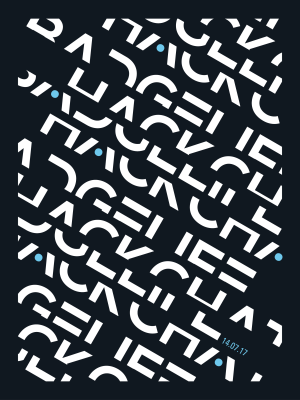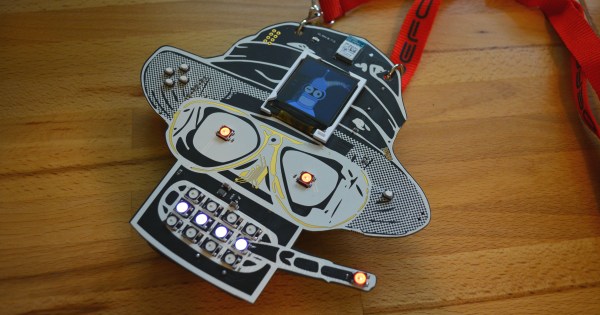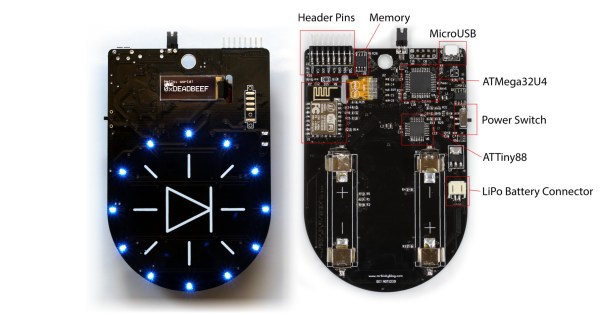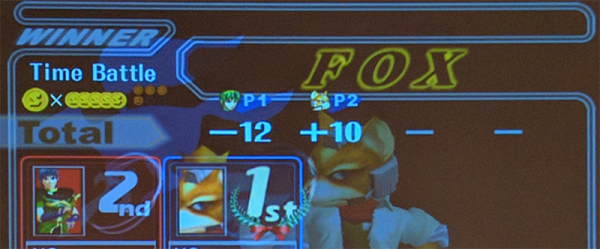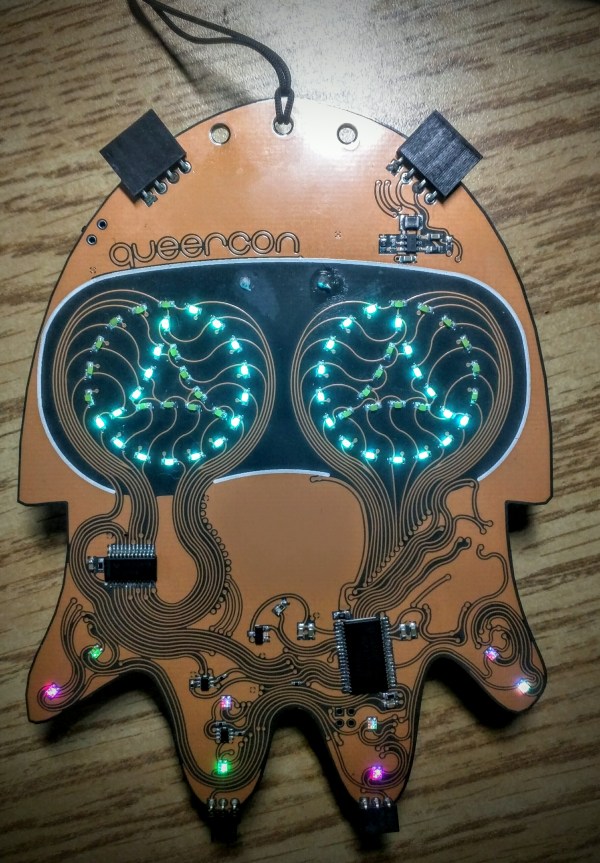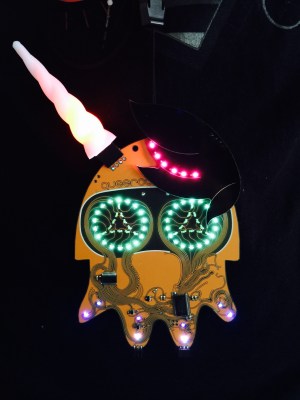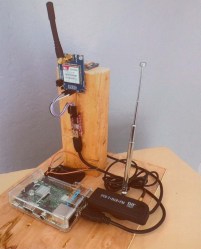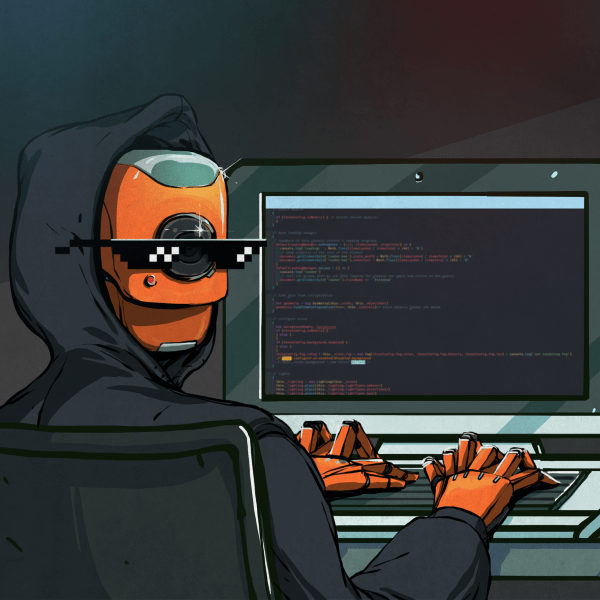We’re huge fans of [Neal Stephenson’s] work and are usually looking to assign some of his vision to the gear that pops up in the real world. But there’s no stretching or squinting necessary with this one. [Kerry Scharfglass] has built a functioning Drummer’s Badge from the foundational Sci-Fi novel The Diamond Age.
The badge is called Sympetrum, which is a genus of dragonfly. In explaining what the badge is and does, [Kerry] instructs you to go and read the book first and we couldn’t agree more. This isn’t recommended reading; if you’re a geek you need to read this book.
The dragonfly badges are from a portion of the book that gets pretty weird, but the gist is that rod-logic (machines build from microscopic carbon nanotubes) is so pervasive that at all times you’re covered in mites that are actually machines. At a party, one of the characters notices everyone is wearing dragonfly pins that begin to pulse with the music and synchronize with each other. They’re actually indicators of what the mites within the wearers’ bodies are doing — synchronizing people with other people.
This badge is a working recreation of that, presumably without the billions of mites controlling people (but who knows, it is DEF CON). At the center of the badge is an STM32 driving ten APA102 modules. Interactivity is based on IR signaling. The badge will cycle random color animations when alone. But each badge also projects clock sync and metadata over infrared, so put some of them in the same room and they’ll tend to synchronize.
Simple, beautiful, and a great geeky backstory. This example of Badgelife proves that hardware badges don’t need to be packed with features, or have a huge BOM cost. If done well, you can do an awful lot with just a little hardware and strong dose of inspiration. It also makes hand-assembly a lot more approachable, which is what you can see in the images above. Thanks [Kerry] for giving us an early look at this badge, can’t wait to see them at the CON.
We’ll be looking for this and all other #Badgelife offerings at DEF CON 25. Join us for a Hackaday meetup on Sunday morning as we once again do Breakfast at DEF CON





